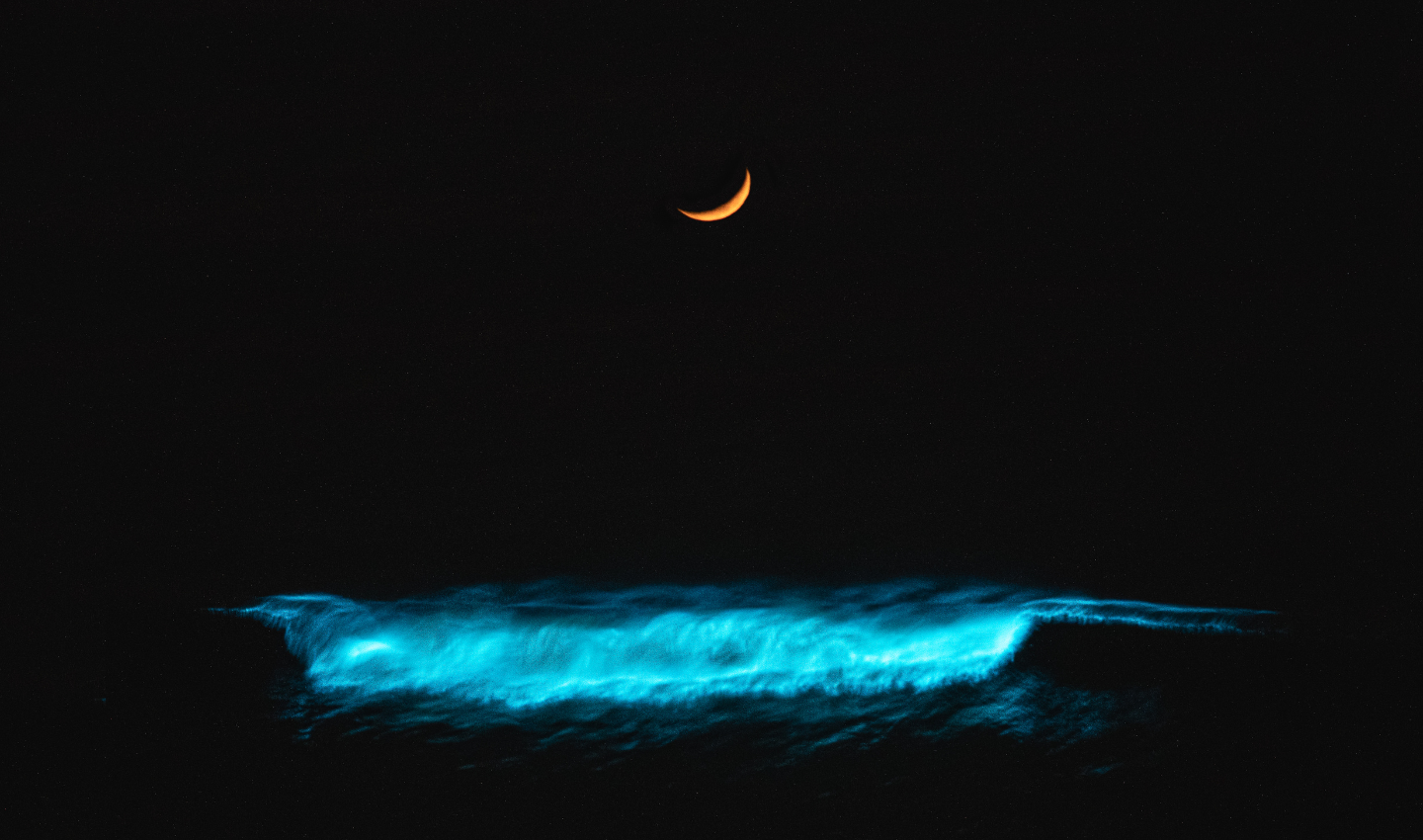- Our Future: Solutions
- Voices of the Ocean
The world was our oyster, when the oysters became our world

An experience paving the way for community-led marine conservation.
Like many of us, until recently I had only ever associated oysters with gourmet restaurants and fine dining, an out of reach delicacy plucked from some distant, murky seabed.
After working with oysters, they are now a familiar part of the local marine wildlife, and a hugely important component in the global effort to restore and conserve our Ocean.
I spent my summer interning with Seawilding, a community-led marine habitat restoration organisation in Scotland. Their mission is to restore seagrass meadows and native oyster reefs, through planting seagrass, growing oysters to form new reefs, and developing successful methods that others can follow, to enable coastal communities across the UK and further afield to take action.
![Woman diving into the Ocean shared by Ocean Generation in a Wavemaker Story. There's a quote that reads: I spent my summer [...] restoring seagrass meadows and native oyster reefs. Photo by Sophie Coxton.](https://i0.wp.com/oceangeneration.org/wp-content/uploads/2024/01/community-led-marine-habitat-restoration-organisation-Scotland-restore-seagrass-meadows-and-native-oyster-reefs.jpg?resize=640%2C378&ssl=1)
The seascape of Loch Craignish
Set on the gleaming shores of Loch Craignish, the first time I slipped under the surface was like entering a whole other world.
The salty water enveloped me with an icy embrace, and the seabed materialised below. Vast meadows of seagrass glistened green, with dappled sunlight sparkling through the water column and catching the tails of Goldsinny wrasse and the occasional lonely pipefish.
Snakelock anemones waved like flowers from the grass heads, and red feather stars snaked their arms towards me as I glided past.
The fringes of the meadow gave way to soft mudflats, where sparring crabs and dancing prawns entertained passersby. Gobies and flatfish buried themselves in the sand, and large shoals of herring flicked like glassy shards in the distant blue.

The oyster reef was by far my favourite; thick layers of oyster shells stacked haphazardly covered the seafloor, carpeted by algae, barnacles and clumps of bladderwrack.
Fish darted in and out of crevices, startled by my shadow, and starfish lay clustered on the rocks, arms splayed as if holding hands. The plethora of animals, and the richness of the life surrounding me was quite literally breathtaking, so much so that I almost choked on the seawater a number of times.
It was inspiring to see so much diversity thriving in Scotland’s waters.
The work Seawilding’s team has achieved is clearly doing wonders for the wildlife of Loch Craignish, however this is only the tip of the iceberg in the marine conservation and restoration work we need to undertake, not only here in Scotland but across the Ocean.

The health of the Ocean is essential to us, not only as societies through its cultural significance, but also through its physical services.
Without healthy marine ecosystems, food stability will crumble, coastal erosion will rapidly creep up on communities, and the impacts of climate change will be less cushioned and more sorely felt.
Scotland’s marine wildlife: Then and now
Scotland’s coasts were once prolific with wildlife. Historic records speak of rivers “overflowing with salmon, onto the banks”, estuaries that had seemingly endless shellfish stocks, and open Ocean brimming with endless shoals of fish.
Oysters were once the food of the poor, and lobster was a common centerpiece at every dinner table. Lush seagrass meadows flanked the shorelines and wildlife flourished, everywhere.

Now, there are no natural oyster reefs left off Scotland’s coast, and more than half of the original seagrass meadows have disappeared.
Dredging (removing sediments from the seabed), overfishing, and pollution threaten our coastlines more than ever before, and with the pressures of climate change increasing with each day, we must start taking action to prevent further losses.
Seawilding’s work, enthusiasm and passion for the marine environment is a sparkling example of how communities can come together to create real, positive change – something we should all strive towards.
Thank you for raising your voice for the Ocean, Sophie!
Connect with Sophie via LinkedIn or her Instagram page. Learn about how to submit your own Wavemaker Story here.
Disclaimer: Ocean Generation has no official affiliation with Seawildling. Mention of or reference to Seawildling is not an endorsement or sponsorship by Ocean Generation. The views, opinions, and activities of Seawildling are independent of Ocean Generation.
















